Tech News
Putting Linux on a Tablet? 7 Distros to Try
As convertible laptops gain popularity, many users seek to replace Windows with a Linux-based tablet experience. In this guide, we'll explore some of the best Linux distributions for tablet PCs, whether you're a newcomer to Linux or a seasoned user.
1 Ubuntu: The Go-To for Most Devices
Ubuntu is the most popular Linux operating system for a reason—it works on just about anything. That makes it an excellent pick for tablet PCs, and the active community around Ubuntu means finding help is easy if you run into issues.
Recent versions of Ubuntu have improved touchscreen support, making it comfortable to use with fingers or a stylus. The Ubuntu GNOME desktop is simple and easy to learn, so the transition from Windows to macOS is smooth.
Ubuntu is a solid choice for your tablet if you want something that's easy to install and works right out of the box.
2 KDE Neon: A Polished, Touch-Friendly Option
KDE Neon is an excellent choice for tablet PCs if you like aesthetics and performance. It features the modern, customizable KDE Plasma desktop, which looks great. It also supports touchscreen computers very well and runs well on tablets. Neon uses Ubuntu's stable base while delivering the latest KDE Plasma features, making it an excellent option for touch devices.
It shines with multitouch gestures and has an easy-to-tweak virtual keyboard that interacts with your tablet in touch mode and feels smooth. KDE Neon delivers if you want a beautiful, customizable desktop that works great with touch.
3 Fedora: Cutting Edge With Good Hardware Support
Fedora is known for being cutting-edge, often shipping new features before the other mainstream Linux distros. This alone makes it ideal for newer tablet hardware. Its frequent kernel updates ensure touchscreens, styluses, and other input devices are well-supported. So, if you're using a convertible laptop or even a Microsoft Surface, Fedora is a good bet.
With the GNOME desktop, Fedora Workstation offers decent touch support right out of the box. GNOME's minimalist layout works well for tablets, and the favorites bar makes it easy to access open apps.
Fedora is an excellent option if you're looking for a distro with the latest tech and solid hardware support.
4 NixOS: A Unique Approach for Customization
NixOS uses a configuration file and approaches Linux differently than many other distributions. It's great if you're an advanced user and want total control of how your system works. This customization can be especially valuable on tablets.
With NixOS, you define your entire system in a single file (configuration.nix), which means you can precisely manage touch support and power management. NixOS lets you roll back your system if something goes wrong during configuration, which is always a plus.
If you enjoy tweaking and want complete control, NixOS offers a unique, customizable Linux experience for tablets. However, if you don't have much experience with Linux and don't already know what precisely what you want in a Linux operating system, we don't recommend it.
5 5. Debian: Stability for the Long Haul
Debian is well known for being stable and reliable. This fact makes it an excellent option if reliability is what you value the most in your tablet PC. You won't need to worry about constant updates or things breaking—Debian is built to last.
Installing Debian on a tablet might require a bit more manual setup, especially for touch support. Still, it's rock solid once you've got it up and running.
6 6. Arch Linux: For the DIY Enthusiast
If you love building your system from the ground up, Arch Linux is perfect for tablet-style computers. Arch is highly customizable and lets you create a streamlined tablet setup with only the necessary packages.
That said, Arch has some drawbacks: the installation process is manual, requires some serious configuration, and can take a bit of time. If you're up for it, though, Arch offers great flexibility and performance.
7 7. Pop!_OS: Optimized for Productivity
Pop!_OS is designed for productivity and usability. It uses a unique GNOME-based desktop optimized for multitasking, which is a big plus if you're using a Linux tablet with larger screens. Its window-tiling feature makes it easy to manage multiple apps side by side.
Pop!_OS also improves GNOME's touch support and offers a more intuitive layout, making it perfect for work or creative projects on a tablet. If you need a Linux distro tailored to get things done, Pop!OS offers a smooth, efficient experience.
8 What Distro Is Right for You?
Choosing the right Linux distro for your tablet depends on your hardware and personal preferences. Whether you're after something user-friendly like Ubuntu or Pop!OS or prefer more advanced options like NixOS or Arch, there's something here for everyone.
Once you're ready to get started, learn how to install Linux on an Android tablet.
When you subscribe to the blog, we will send you an e-mail when there are new updates on the site so you wouldn't miss them.


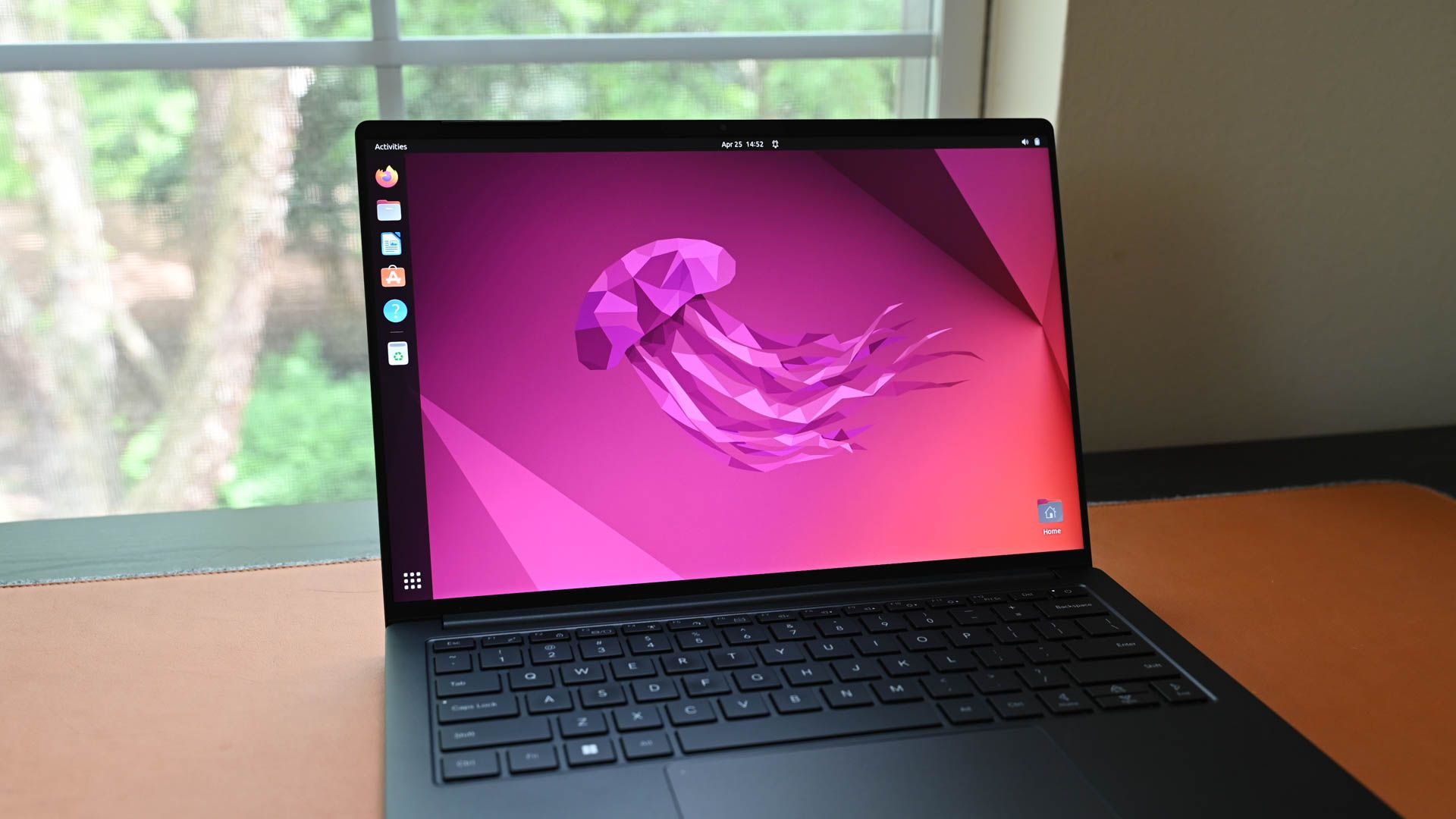 Hannah
Stryker
/
How-To
Geek
Hannah
Stryker
/
How-To
Geek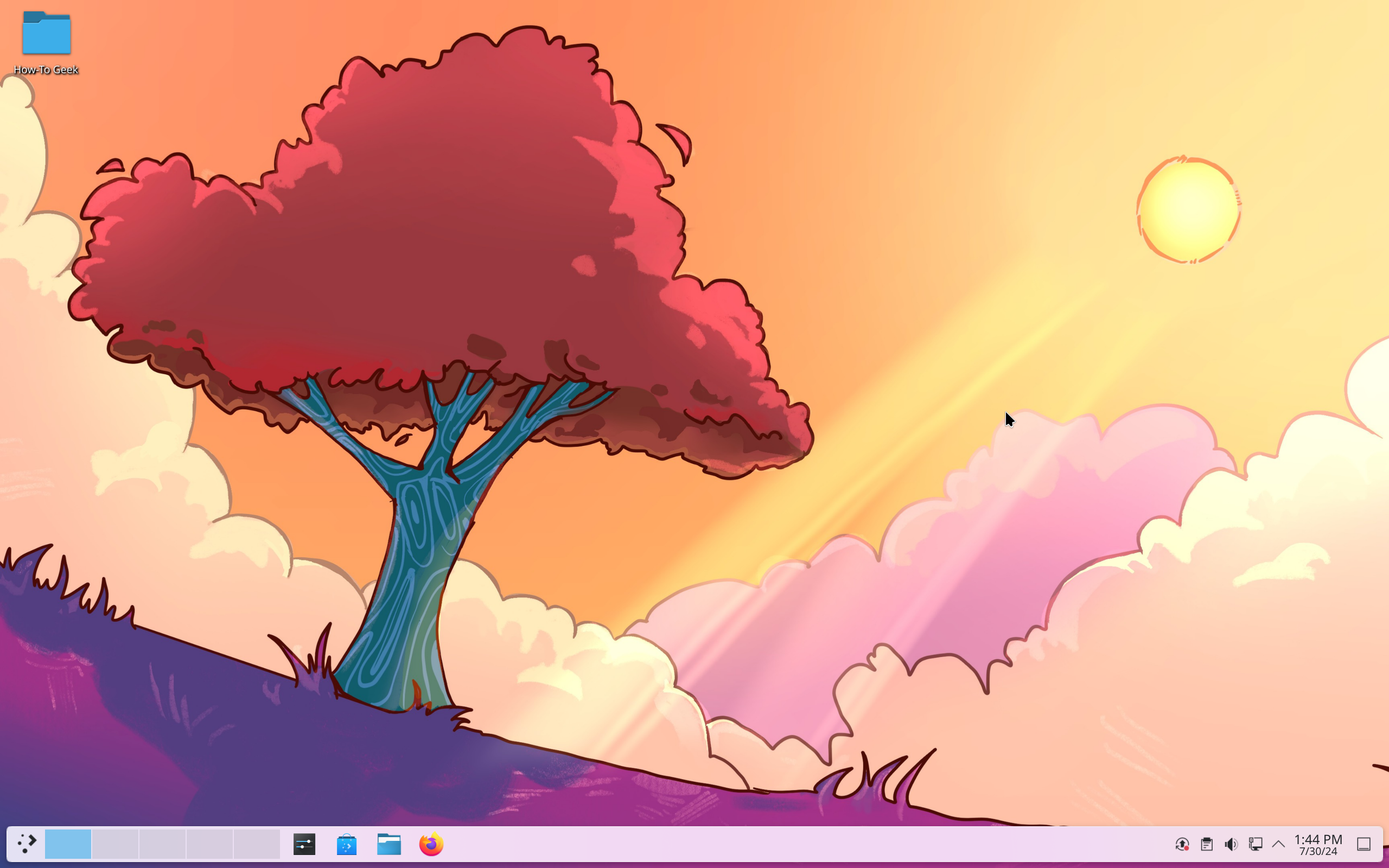
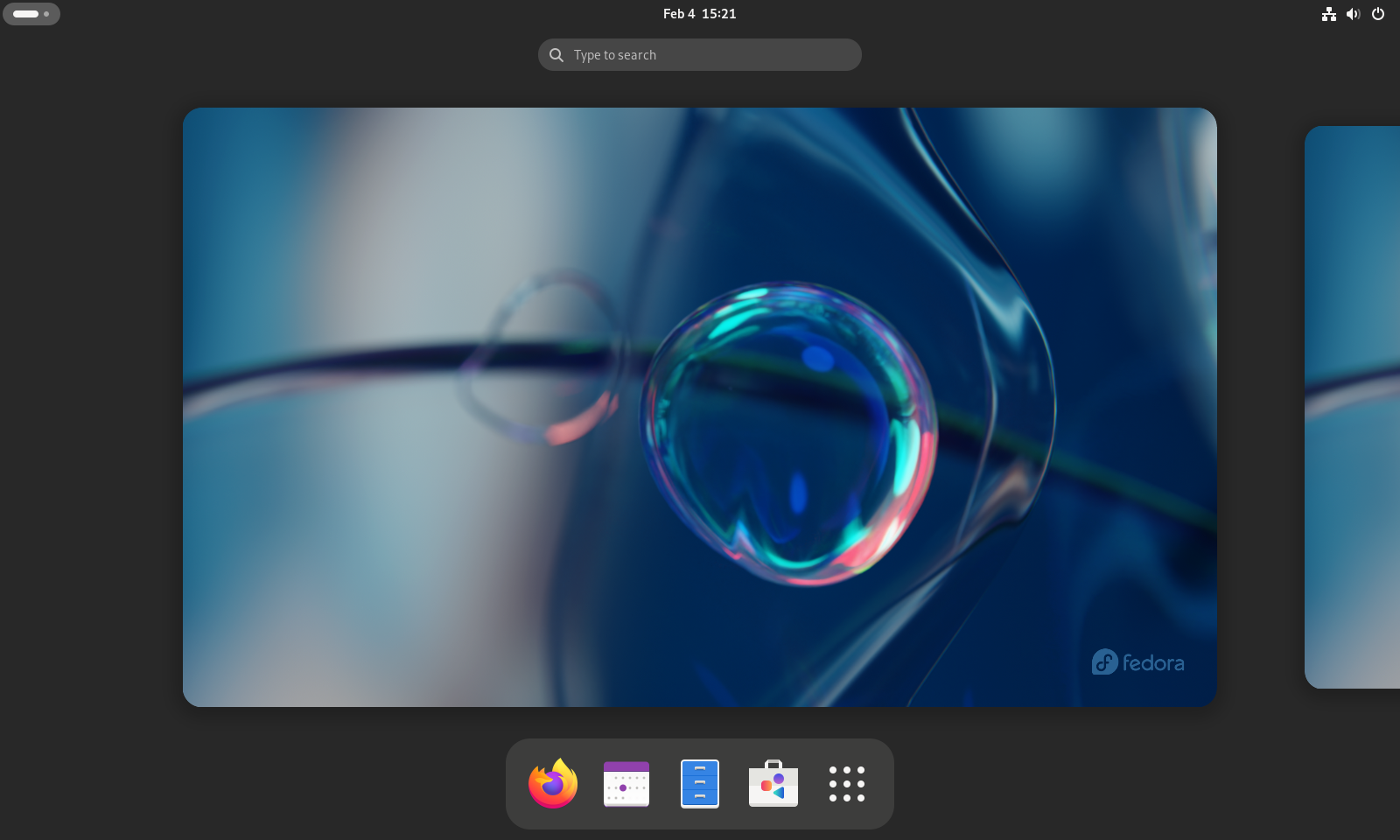
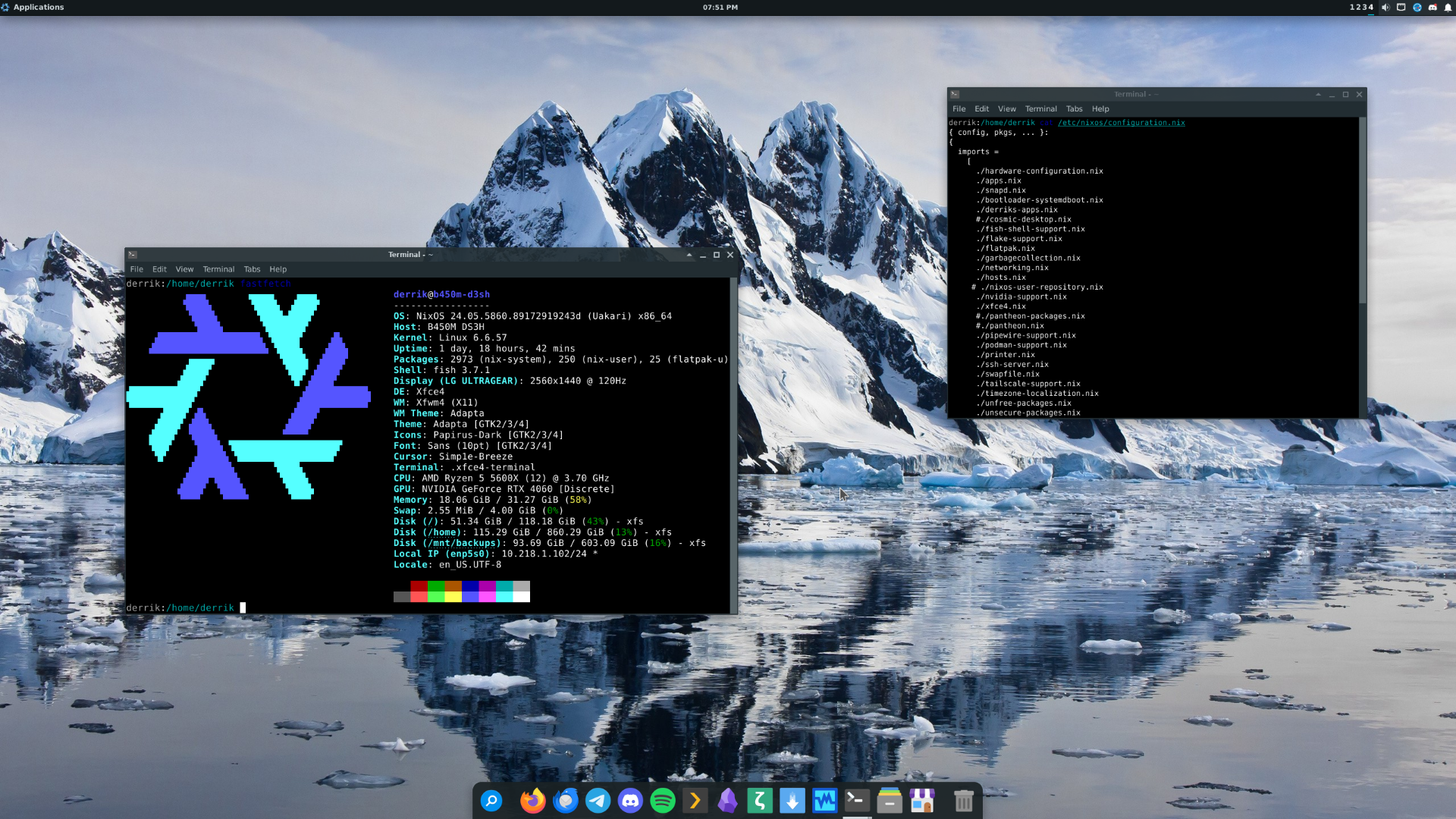
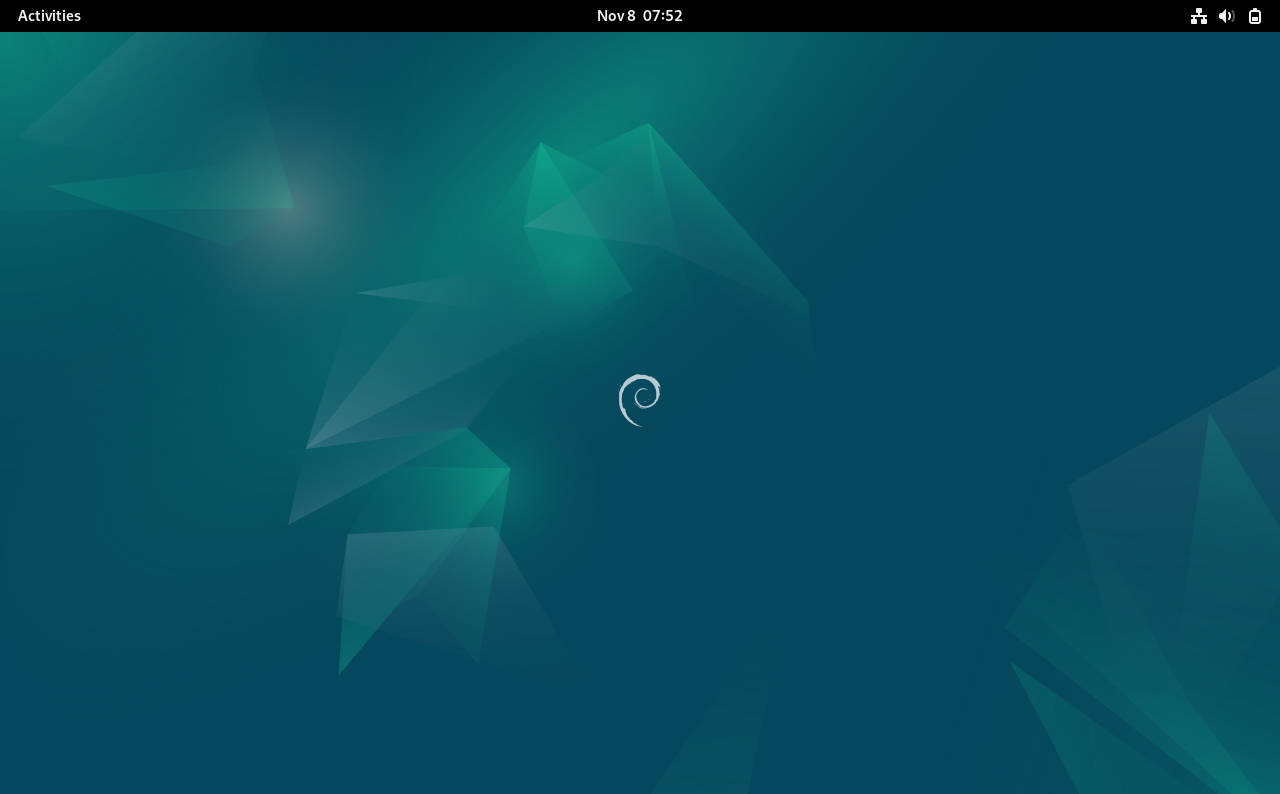

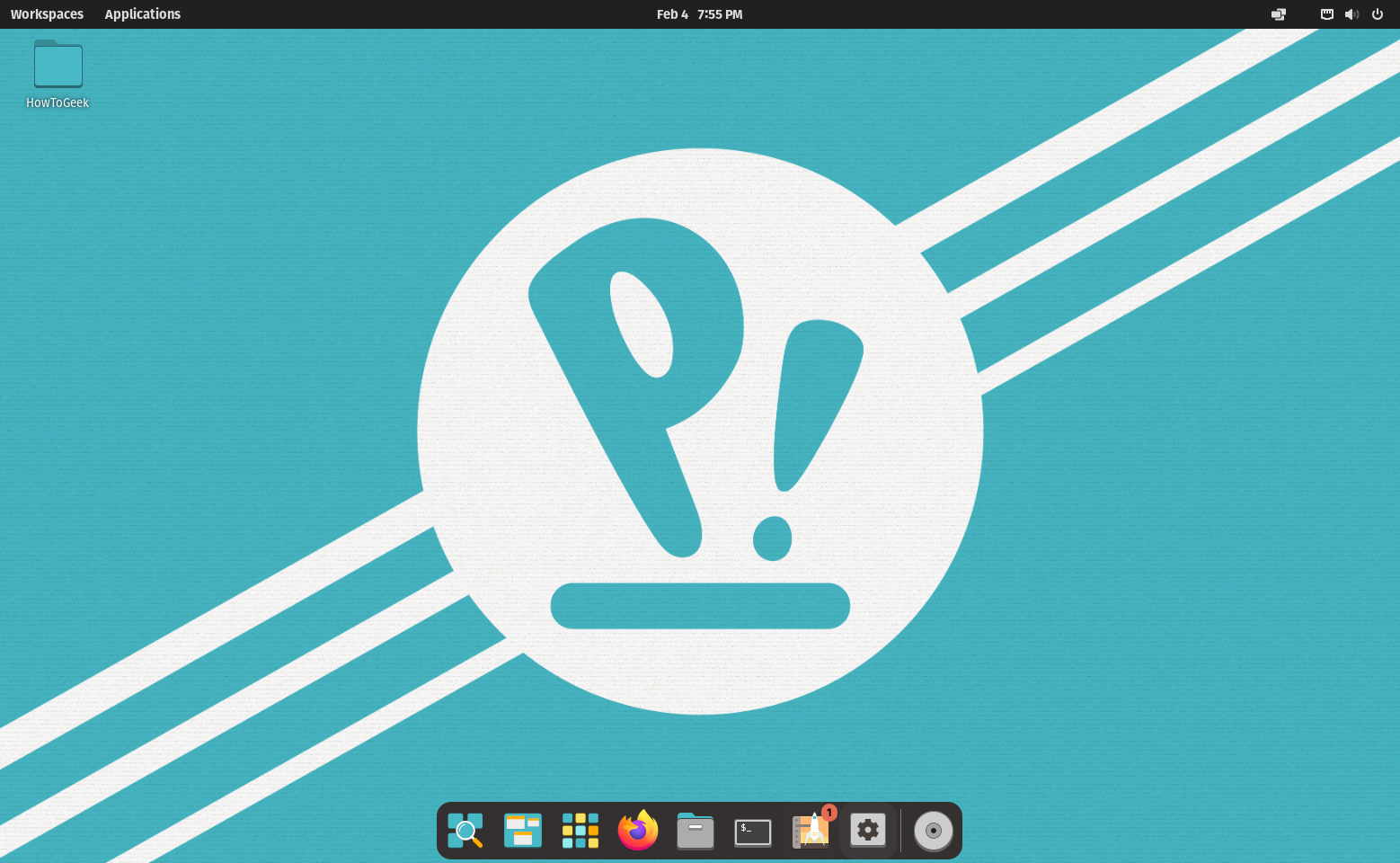

Comments